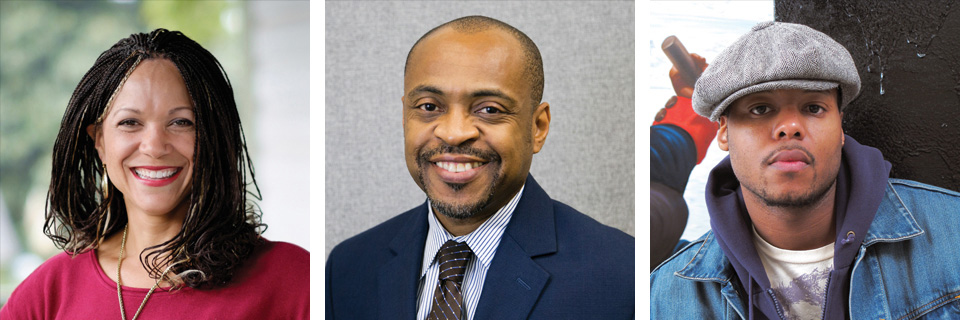Contact: University Relations
Phone: 410.837.5739
Join us tonight for UB’s, “Divided Baltimore: How Did We Get Here? Where Do We Go?” class to be held on Sept. 21st beginning at 5:30 p.m. in the Town Hall in UB’s H. Mebane Turner Learning Commons, 1415 Maryland Ave., will feature four guest lecturers focused on the topic of the economic costs of structural racism. The class is free and open to the public. Seating is limited, and only students formally enrolled in the course are guaranteed a seat.
Guest lecturers and their topics include:
· Cassandra Jones Havard, professor in the University of Baltimore School of Law and an expert in financial services regulation, will present “Fringe Banking and the Financially Excluded”;
· Steve Isberg, associate professor of finance in UB’s Merrick School of Business and a senior research fellow at the Credit Research Foundation, lectures on “Credit, Control, and Banking: Slavery Still Exists in the 21st Century”;
· Aaron Bryant, the Mellon Curator of Photography at the Smithsonian National Museum of African American History and Culture, reviews “The Look of Poverty”;
· Dominique S. Moore, an attorney licensed in the District of Columbia, Maryland and Pennsylvania and specializing in the areas of Family Law, Real Estate Law and Real Estate Development, discusses the impact of structural racism in the real estate market through the presentation titled “A Century Later – The Impact of Structural Racism on the Current Real Estate Market.”
Following about an hour of discussion from these lecturers, a question and answer session will be offered. After that, the course will break out into its normal undergraduate and graduate sections for further discussion.


